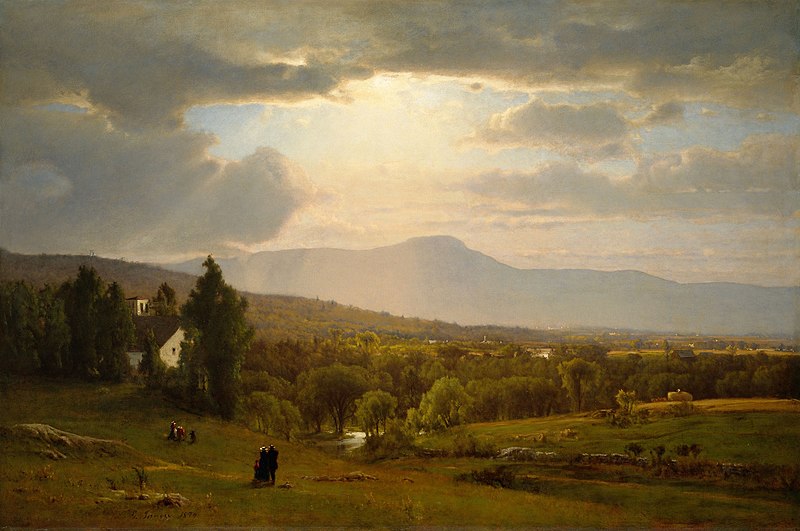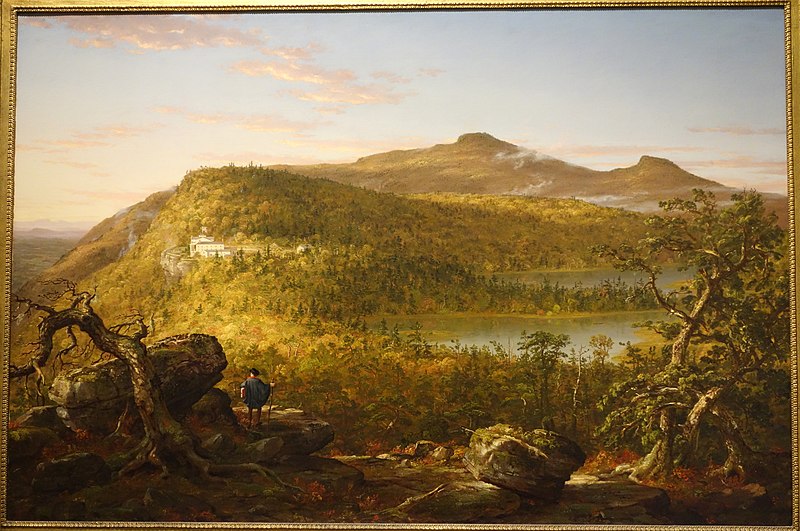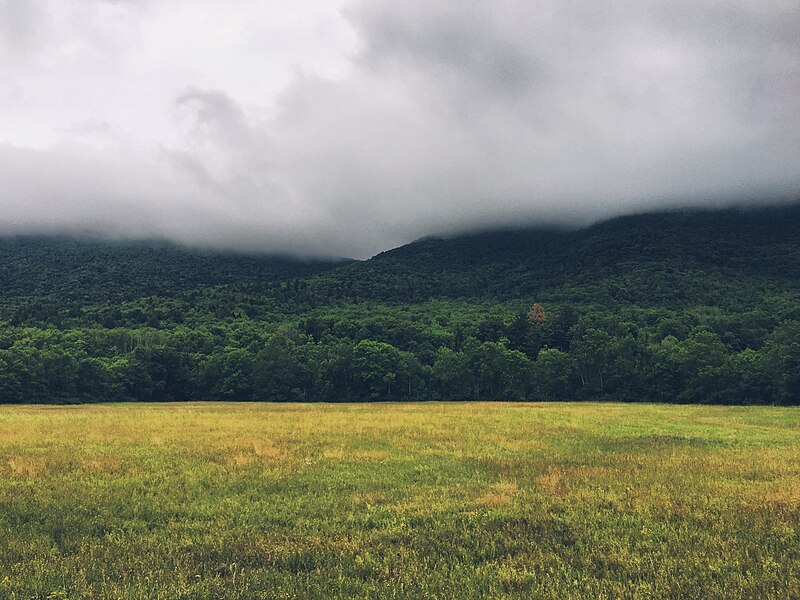Nestled within the scenic landscape of the Catskill Mountains in New York, a groundbreaking discovery has captured the attention of scientists and nature enthusiasts alike: the world’s oldest forest. This remarkable find, unearthing the ancient roots of a 385-million-year-old fossilized forest, offers a rare window into the Earth’s distant past, long before the age of dinosaurs.
As researchers piece together the remnants of this prehistoric world, the Catskill discovery stands as a silent witness to the Earth’s age-old history, offering insights into how the earliest forests contributed to the development of life as we know it today. Join us as we take a closer look at this ancient forest, its significance in the story of our planet, and what it reveals about the origins of terrestrial ecosystems.
What are the Catskill Mountains?
Before we get into the details of the world’s oldest forest, it is essential for us to talk about the Catskill Mountains. The Catskill Mountains, often referred to simply as the Catskills, are a rugged mountain range located in southeastern New York State. Known for their scenic beauty, rich history, and cultural significance, the Catskills stretch over four counties, providing a natural escape for millions of visitors each year. This area, characterized by its forested peaks, deep valleys, waterfalls, and diverse wildlife, has long been a source of inspiration for artists, writers, and nature lovers.
Historically, the Catskills have played a pivotal role in American conservation efforts, with vast portions of the region designated as protected areas, including the Catskill Park. This park, established in the early 20th century, encompasses over 700,000 acres of land, offering a sanctuary for outdoor recreation and wildlife. The mountains are also home to the Catskill Forest Preserve, where the natural landscape is preserved in its wild state.
The region’s appeal is not just limited to its natural beauty; the Catskills are steeped in cultural heritage, from the Native American tribes who first inhabited the land to the rise of the American vacation industry in the 19th and 20th centuries. The area was famously a haven for artists of the Hudson River School, who captured the majestic landscapes in their paintings, contributing to the nation’s burgeoning appreciation for natural beauty.
In addition to their cultural and historical significance, the Catskills are a hub for outdoor activities, including hiking, skiing, fishing, and camping, attracting adventurers and families alike. The discovery of the world’s oldest forest within the Catskills adds another layer to the region’s rich tapestry, highlighting its importance not only as a place of natural beauty and recreation but also as a significant site for scientific research and understanding our planet’s ancient past.
Discovering the World’s Oldest Forest
The discovery of the world’s oldest forest in the Catskill Mountains marks a significant milestone in our understanding of the Earth’s ancient history. In 2009, scientists uncovered fossilized remains of a forest dating back approximately 385 million years, situated near the town of Gilboa, New York. This groundbreaking find pushed back the timeline for the emergence of complex forest ecosystems, previously believed to be around 20 million years later.
The Gilboa forest, as it has come to be known, revealed an extensive network of tree roots, stumps, and evidence of diverse plant life that once thrived in the area. Among the most notable discoveries were fossils of the cladoxylopsid trees, towering plants with intricate root systems that suggest a complexity in forest ecosystems far earlier than previously documented. These ancient trees, some reaching heights of over 30 feet, played a crucial role in transforming Earth’s atmosphere and climate by absorbing carbon dioxide and releasing oxygen.
Research and excavations in the years following the initial discovery have continued to shed light on the prehistoric landscape of the Catskills. Studies published in subsequent years, including significant findings in 2012 and further analysis in later years, have provided insights into how these early forests influenced the planet’s carbon cycle and biodiversity. The Gilboa forest discovery underscores the Catskills’ importance not only as a natural reserve but also as a window into Earth’s distant past, offering invaluable clues to scientists about the evolution of plant life and its impact on the global environment.
Conclusion
The significance of the Gilboa forest and the Catskill Mountains extends beyond the scientific realm, captivating the imagination of people around the world and highlighting the enduring mystery of Earth’s ancient past. It serves as a vivid reminder of the dynamic changes our planet has undergone and the intricate connections between life forms and their environments.



